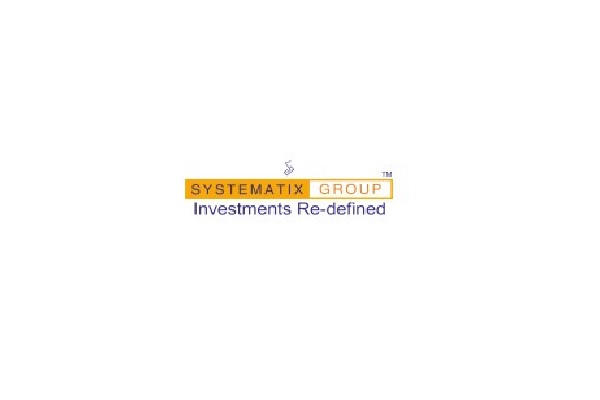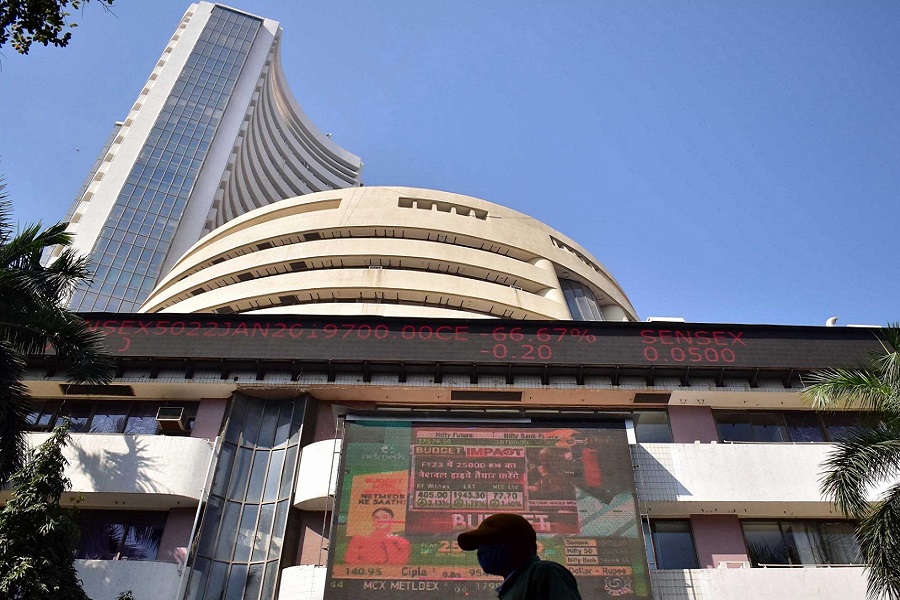Quote on RBI Monetary Policy by Vijay Kuppa, Director, Bidd

Below the Quote on RBI Monetary Policy by Vijay Kuppa, Director, Bidd
The Monetary Policy Committee again left the repo rate unchanged at 5.50%, choosing to buy time and let the earlier 100 bps of easing fully percolate through the financial system even as the growth picture brightened. The RBI has lifted its FY26 growth projection to 6.8% and, while the headline uptick is positive—its quarterly read shows a mixed picture: Q2 upgraded, but Q3–Q4 nudged down modestly, and even Q1FY27 has been trimmed.
That mix explains the pause: stronger near-term momentum, but a deliberate step-back to watch transmission and downside external risks.
On inflation the MPC has become noticeably more sanguine, trimming its FY26 CPI forecast to 2.6% from 3.1%.
Two forces are at work:
(a) softer food-price outcomes and supply-side improvements, and
(b) A deliberate, one-time policy of GST rationalisation that mechanically knocks off headline inflation by reducing tax-inclusive consumer prices on a wide set of items. The official GST reform, moving to a simplified slab structure and removing a couple of mid-range slabs while keeping a high levy for truly ‘sin/luxury’ items — is expected to lower headline CPI prints meaningfully over the coming quarters.
But the external risk is real and asymmetric.
Recent US trade actions, including sharply higher tariffs on targeted categories, have raised the probability of demand and price-chain disruptions for certain Indian exporters, and reinforce the case for caution at the RBI. These trade measures don’t uniformly hit all exports, but they do increase volatility in order books, FX flows and global supply chains, and hence represent a non-trivial downside risk to growth and an upside risk to certain input costs.
The RBI has explicitly flagged these trade-tension risks in its outlook, which helps explain the ‘neutral’ stance even as domestic conditions look comfortable.
What this means in practice:
For savers: With CPI expectations revised lower but the RBI pausing to observe transmission, deposit and high-quality bond yields are unlikely to fall sharply immediately — banks may still pass earlier cuts gradually. If you have capacity to lock-in reasonable fixed income yields now like Bonds, it remains a prudent option.
For borrowers: The pause delays additional EMI relief, but the cumulative 100 bps easing already provides tangible savings — refinancing windows remain attractive if spreads compress.
For investors & markets: The policy is neutral — supportive of growth but cautious on overheating risks and external shocks. Equities should focus on domestic demand plays (rural recovery, consumption uplift from GST cuts, public capex), while exporters and global-supply-exposed sectors warrant active monitoring given tariff uncertainty.
Maintain diversification and a time-staggered approach to locking yields or deploying new equity capital.
In short, the RBI is walking a classic tightrope: acknowledging a firmer growth trajectory and a temporarily benign inflation outlook (helped by GST rationalisation), while keeping policy space in reserve because trade friction and base-effect dynamics could reverse the disinflation story. That cautious neutrality is the right posture for now, it buys optionality without pre-committing the central bank to more easing at the first sign of calmer data.
Above views are of the author and not of the website kindly read disclaimer























